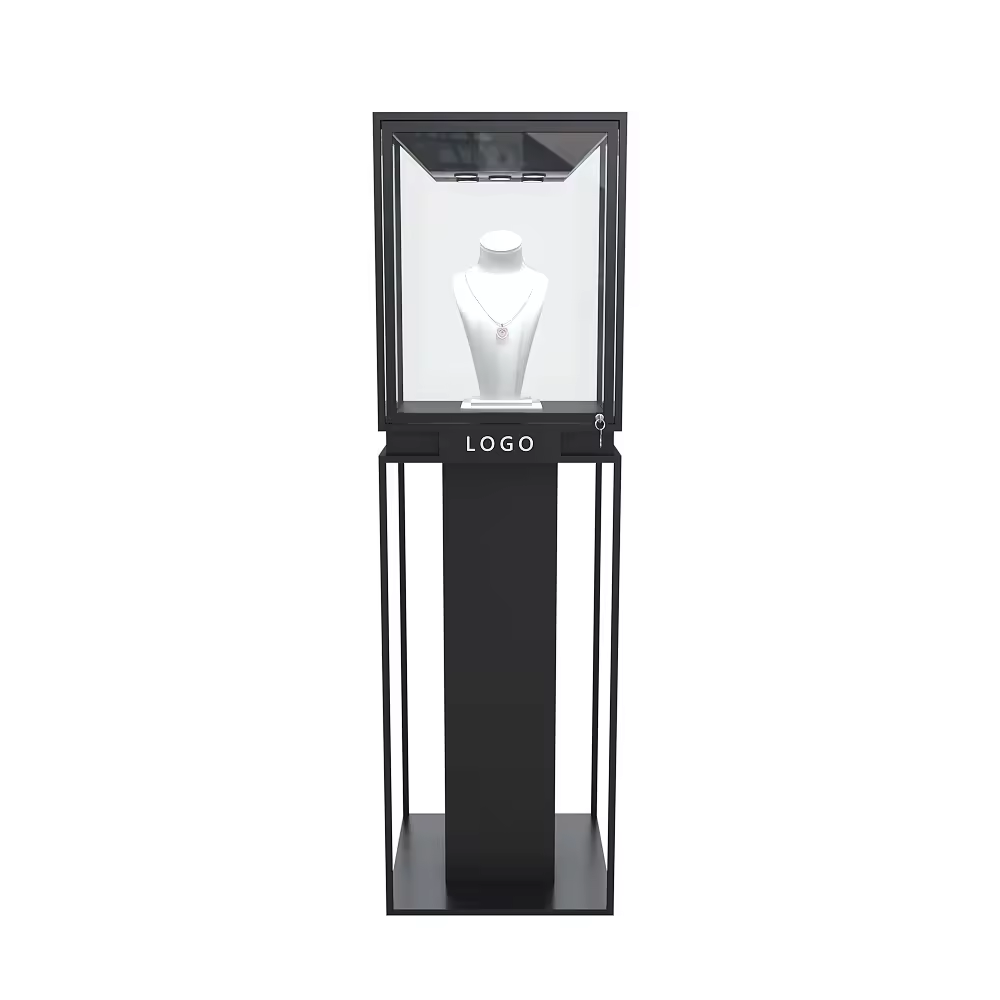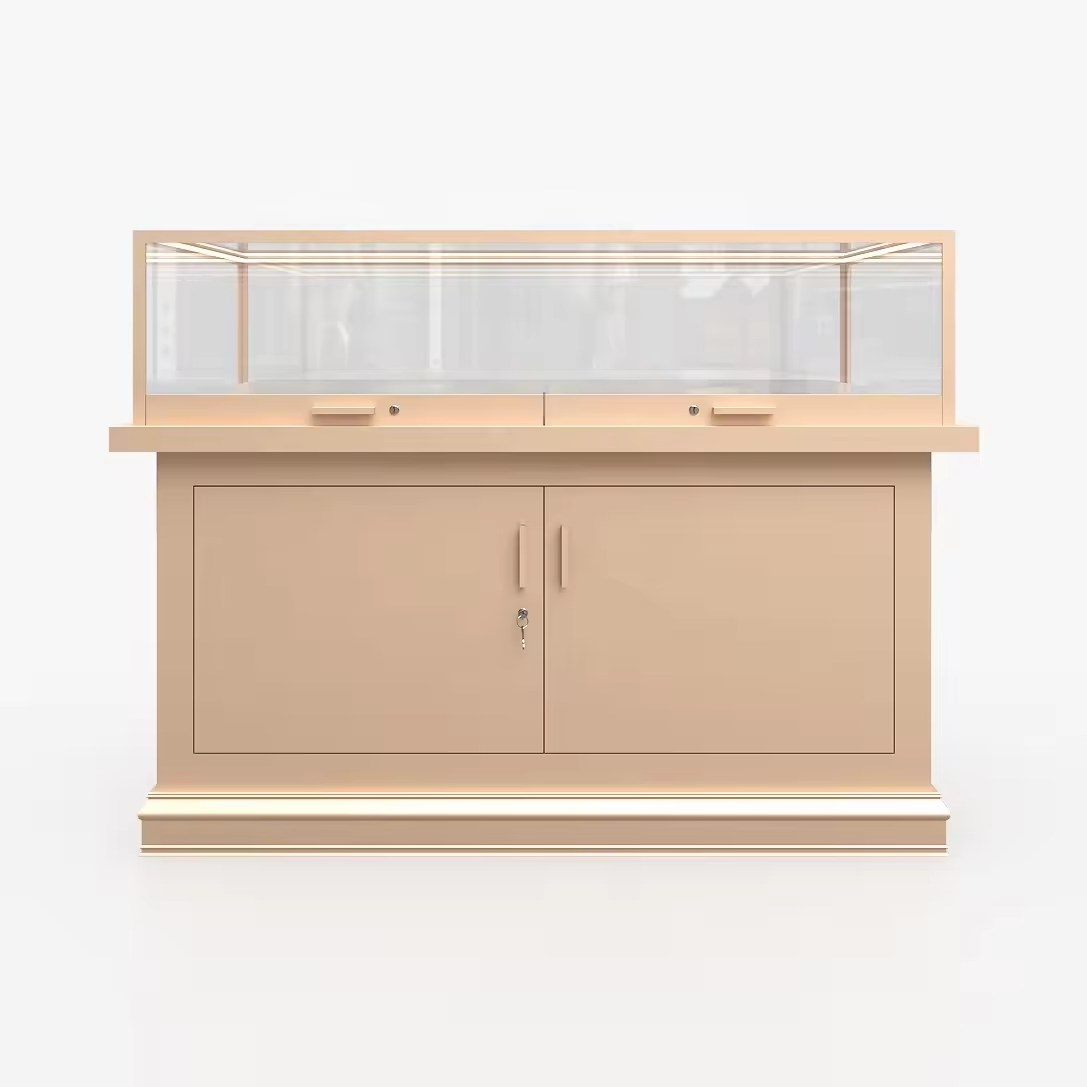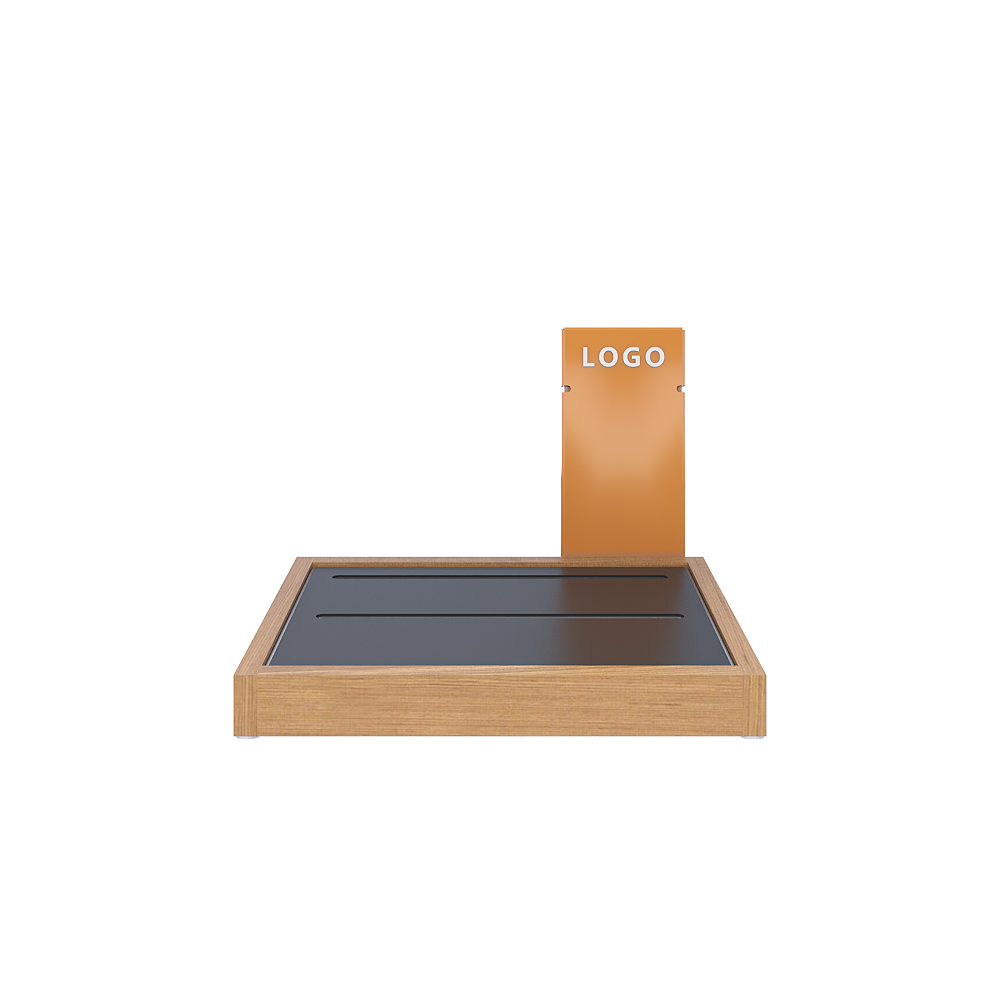Currently, plastic pollution has become a global environmental pollution focal point, second only to climate change. With the deterioration of the ecological environment and the increase of rare cases of diseases, the harm caused by environmental damage needs no elaboration.
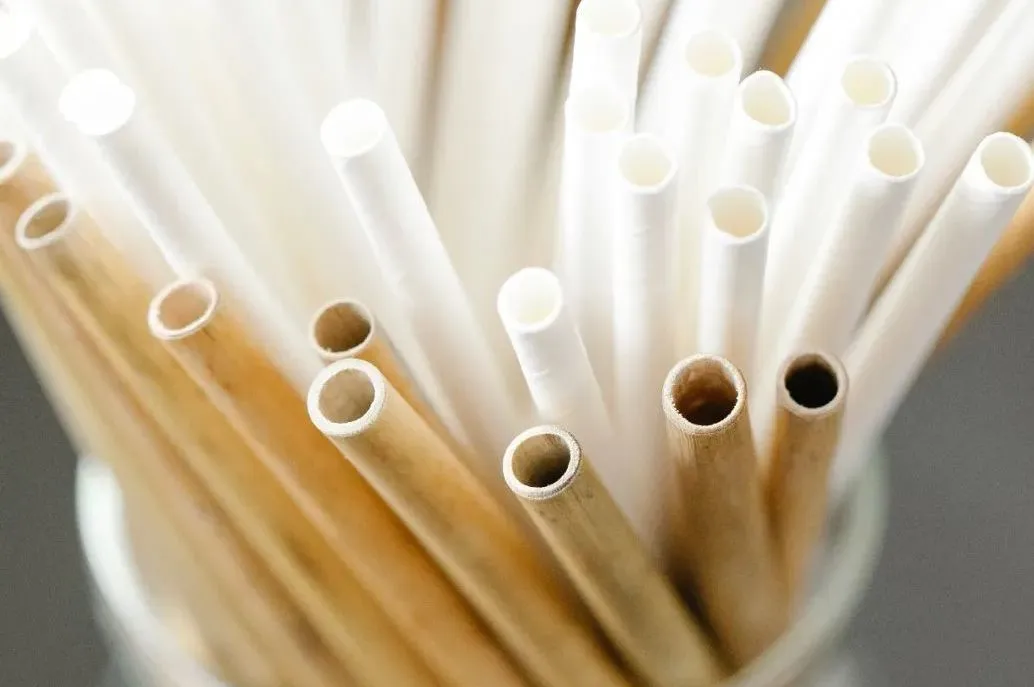
Although more and more people are becoming environmentally conscious, the temptation of various shopping festivals, brand promotions and consumerism, the consumption of ‘clothing, food, housing and transport’ are all stumbling blocks on the road to environmental protection. Fortunately, under today's ‘dual-carbon’ trend, various industries are placing more and more emphasis on their social responsibility while maintaining economic efficiency, and have set up new thinking and attitudes towards environmental protection. A new trend of sustainable green consumption is gradually being born between brands, companies and consumers.
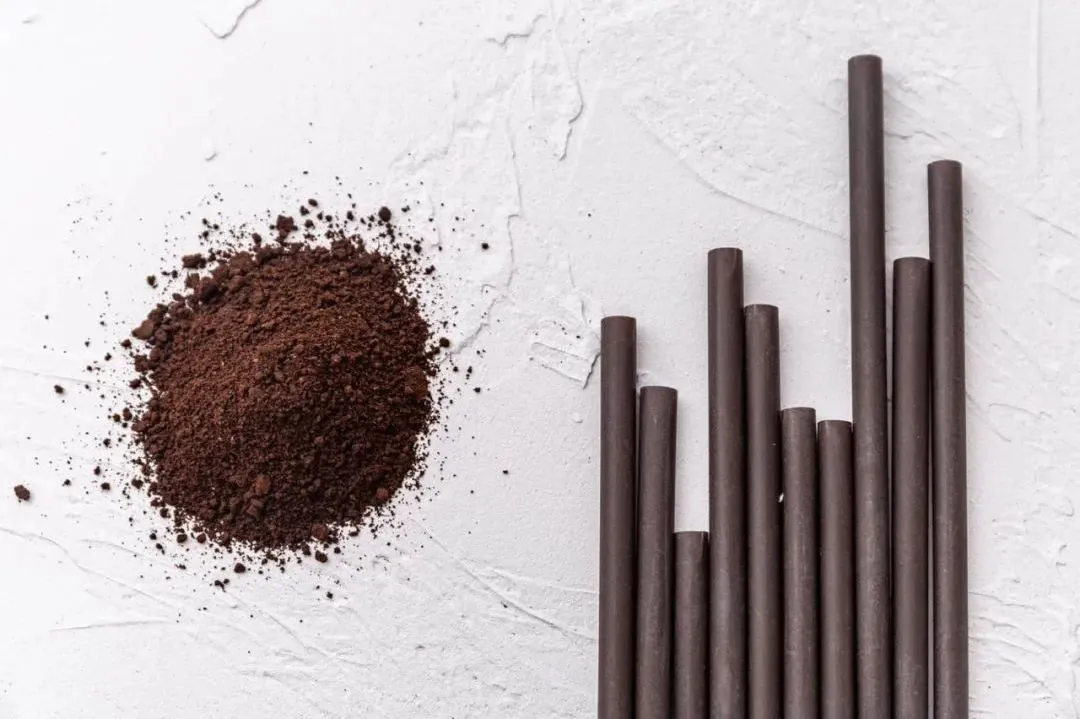
‘Protecting the Earth starts with a straw.’ This slogan, which is widely printed on the packaging of straws, has been widely circulated. The straw, a seemingly unlimited freebie at the front of the ordering counter, has become an important presence in the marketplace that consumers cannot afford to ignore.
In 2020, Xi-Tea was the first to introduce the original ‘PLA Biodegradable Straw’. *PLA is a new biodegradable material made from renewable plant resources, which can be biodegraded after use, eventually turning into carbon dioxide and water, making it an environmentally friendly material.
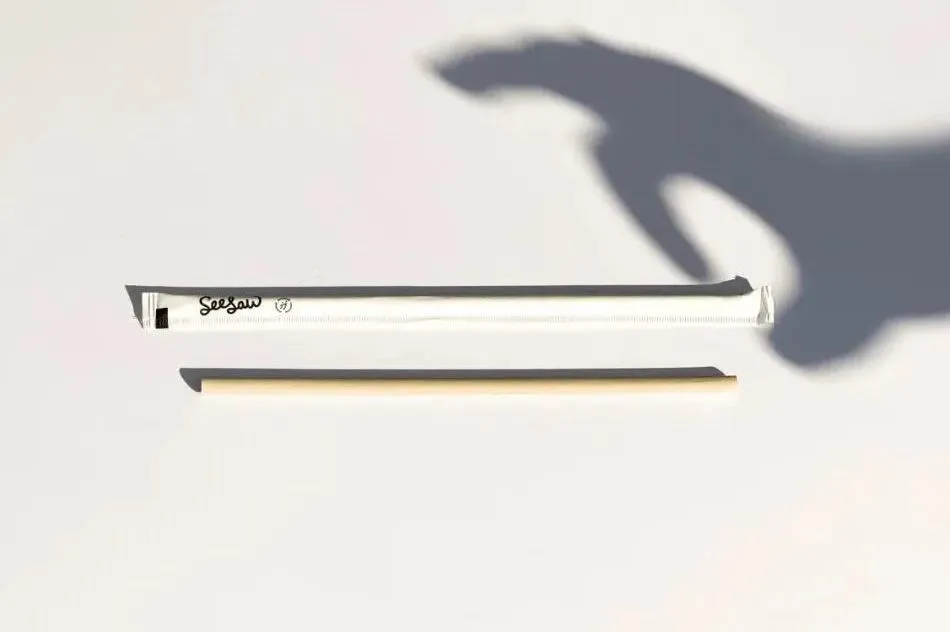
In April 2021, Starbucks began offering ‘grounds tubes’ - eco-friendly straws made from PLA and coffee grounds that are more than 90 per cent biodegradable within four months - in multiple shops in Shanghai. The 15% recycled coffee grounds that are added to the straws come from the brand's own coffee that is extracted and reused, making them environmentally friendly and waste-free.
Chinese coffee brand Seesaw has launched the ‘Biomass Straw Fully Biodegradable Straw’ made from about 40% straw fibre combined with PLA material, which is expected to reduce the use of more than 500,000 plastic straws every year, actively helping the environmental protection cause.

